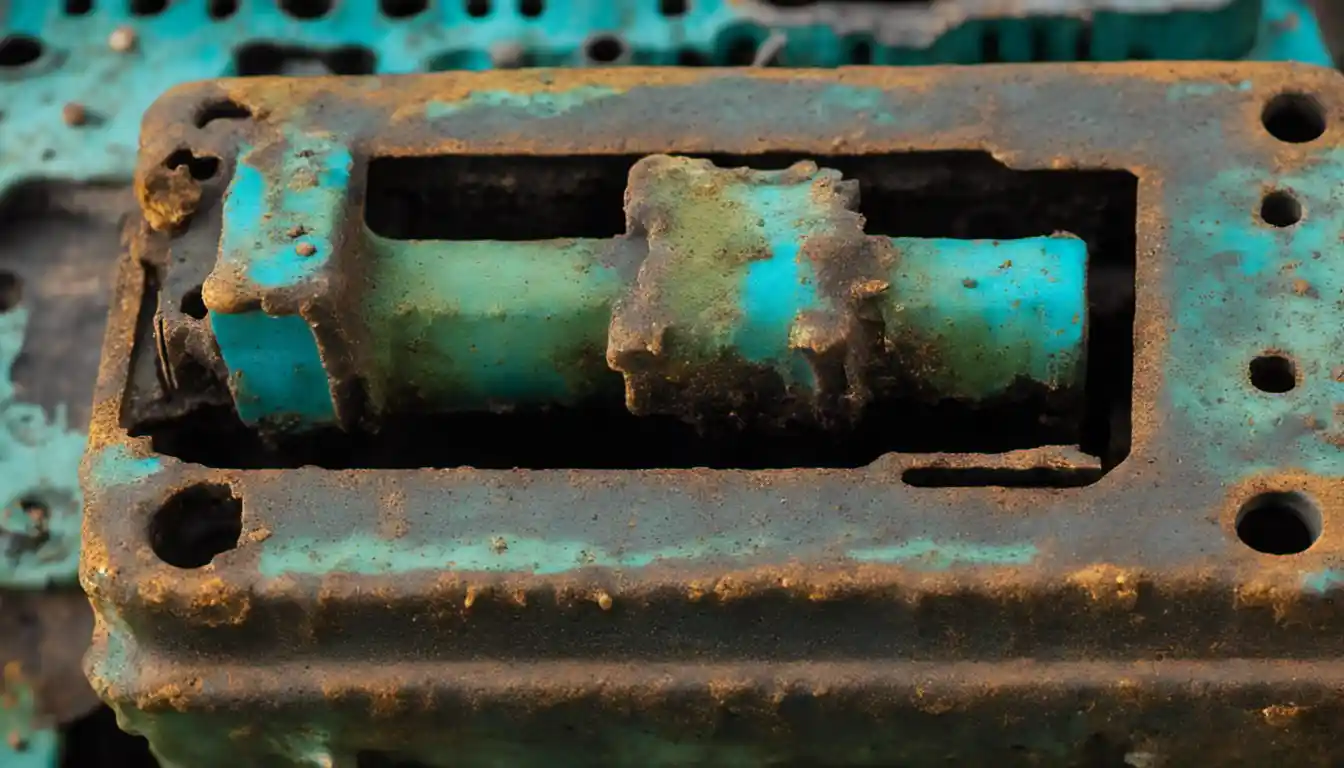Understanding Solar Batteries
Solar battery maintenance generally includes ensuring the battery is operating in the right temperature range, checking connections for signs of corrosion or looseness, and monitoring the battery’s charge level to prevent it from getting too high or too low. Depending on the specific type of solar battery, other maintenance tasks may also be necessary.
Electrochemistry of Solar Batteries
Solar batteries function by storing excess energy produced by your solar panels for later use. When the sun is shining, your solar panels generate electricity. If they produce more energy than is needed at that moment by your home appliances, the surplus will be stored in your solar battery. During periods without sufficient sunlight, you can draw from that saved energy. But what is happening inside the battery during this process?
The heart of a solar battery is its electrochemical cells. These cells contain electrodes submerged in an electrolyte solution. When the battery charges, ions move between the electrodes, initiating a chemical reaction that stores energy. Then, when the battery discharges, the process reverses. By understanding this, you will appreciate why solar battery maintenance is crucial – to maintain the efficiency of this process.
Types of Solar Batteries: VRLA and FLA
Two primary types of solar batteries are Valve Regulated Lead Acid (VRLA) and Flooded Lead Acid (FLA). The key difference lies in how they contain their electrolyte: VRLA batteries have a sealed design that prevents leakage of the electrolyte and eliminates the need for maintenance. FLA batteries, in contrast, have a vented design so the electrolyte can be topped up and specific gravity can be checked using a hydrometer.
How to Make Your Solar Battery Last Longer
Ever wondered, “how can I make my solar battery last longer?” The answer lies in proper solar battery maintenance, which can significantly prolong the life of your battery.
Checking the Charge Level Regularly
It is crucial to regularly check the charge level of your solar battery to prevent it from getting too high or too low. Ideally, you should aim to keep it between 20-50% of the full charge level, as this range will help maximize the battery’s lifespan.
Importance of Charging Phases
Solar batteries have three primary charging phases: bulk, absorption, and float. The bulk phase is where the battery gets recharged from 0-80% capacity. During the absorption stage, it is trickled charged for the remaining 20%. Finally, once the battery is fully charged, it enters the float phase. A good understanding of these phases is crucial in solar panel battery maintenance.
Moderating the Temperature

Solar batteries deliver optimal performance when they are used within a specific temperature range, typically between 60-70°F (16-21°C). Exceeding this range can lead to damage and decrease the battery’s lifespan. This is why it’s beneficial to install your solar batteries in a temperate, controlled environment.
Using Temperature Compensation
Using temperature compensation can prevent your solar batteries from overcharging or undercharging. This feature adjusts the charging voltage according to the battery’s ambient temperature. It is particularly useful if your battery system is exposed to temperature fluctuations, making it a helpful tool for optimal solar battery maintenance.
Implementing Low-voltage Disconnects
A low-voltage disconnect will automatically disconnect the battery from the load when the voltage drops below a set level. This function protects the battery from sustained low voltage conditions, thus prolonging the battery life. It is recommended to set this at 50% state of charge (SOC).
Charging Your Batteries Fully Every Three Weeks
Solar batteries prefer regular charge cycles. If you have a standalone solar battery system, charging it fully at least every three weeks will help keep it healthy and increase its lifespan.
Recognizing When a Battery is 100% Charged
Understanding when a battery is fully charged can be a bit tricky. Modern solar power systems usually have monitoring software that can provide this information. However, for smaller systems, using a multimeter or similar tool can help.
Proper Maintenance Tactics for Solar Batteries
So, how to maintain a solar battery? Here are some tactics that can go a long way in ensuring optimal performance and longevity.
Cleaning Your Battery Regularly
Cleaning your solar battery prevents dust and dirt from reducing its performance. A mixture of baking soda and distilled water can be used to clean the battery case and terminals.
Regular Prevention of Corrosion

Corrosion on the terminals is a common problem that can lead to performance loss. During your regular cleaning regime, check for signs of corrosion and clean where necessary.
Coating Metal Components with Commercial Sealant or High-temperature Grease
Applying a commercial sealant or high-temperature grease can protect the metal components from corrosive elements. This should nonetheless be done carefully, ensuring only the metal parts are coated, and no sealant spills onto the plastic areas.
Ensuring All Connections are Tight
Loose connections can lead to inefficiencies in your system, including additional resistance and potential battery damage. Checking your connections during your maintenance schedule can prevent these issues before they escalate.
Regular System Monitoring
Monitoring your system not only involves checking your battery’s voltage but also includes looking at the overall health of your system to ensure there’s no drastic discharge, which can be detrimental. Familiarize yourself with how to read a hydrometer as this tool can help in assessing the electrolyte condition in FLA batteries.
Safety Measures for Solar Battery Maintenance
When it comes to battery maintenance, safety is paramount.
Importance of Personal Protective Gear
You should always wear safety glasses to protect your eyes, and gloves to guard your hands when handling batteries, as these measures can prevent potential injuries.
Wearing Safety Glasses

This cannot be stressed enough: Never attempt to service a battery without wearing safety glasses. Acid splatters can cause severe injuries!
Neutralizing Acidic Spills with Sodium Bicarbonate and Water Mixture
In case of an accidental electrolyte spill, a mixture of sodium bicarbonate and water can help neutralize the acid.
Precautions with Battery Terminals
Always be cautious when working with battery terminals. Incorrect connections can lead to short circuits and electrical shocks. Also, never cross the terminals with any metallic object, as it can cause sparks and explosions.
Specific Care and Maintenance Practices for Different Solar Batteries
VRLA Solar Batteries
Because of their sealed nature, VRLA batteries require minimal maintenance. However, regular monitoring for bulging, discolouring, and voltage drops is recommended.
FLA Solar Batteries
FLA batteries require more hands-on maintenance. Regularly topping off with distilled water, checking for corrosion, and measuring the specific gravity should be part of your routine care for these types of batteries.
Conclusion
Proper solar battery maintenance is a crucial part of any solar energy system. It not only prolongs the lifespan of your solar battery but also optimizes your system’s overall performance, saving you money and hassle in the long run. Additionally, understanding how long a solar battery can last can be beneficial for scheduling maintenance and preparing for battery replacement. Remember that reliable solar battery maintenance not only requires technical knowledge but also involves safety awareness. Always ensure that you’re working safely when maintaining your solar battery.
As someone who has spent two decades in this field, I can assure you that if you invest time in your solar panel battery maintenance, your system will serve you efficiently for a long time to come. So, why not start today?



